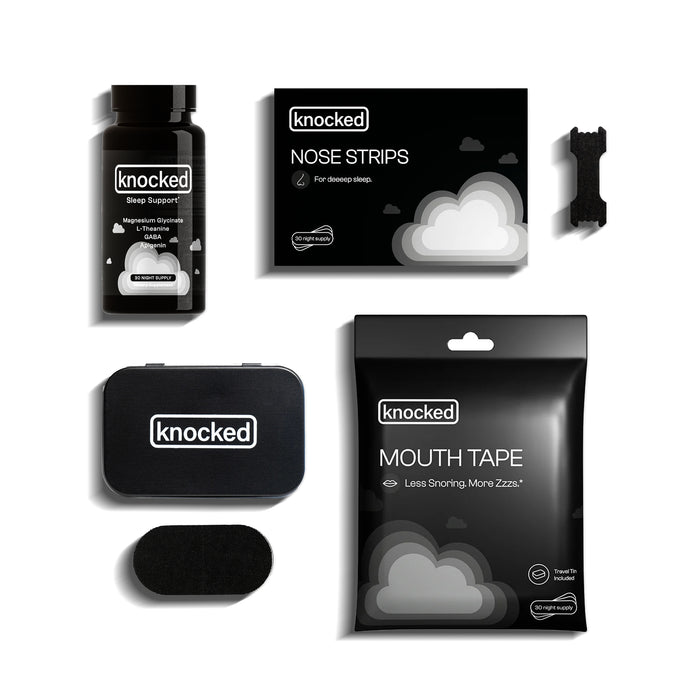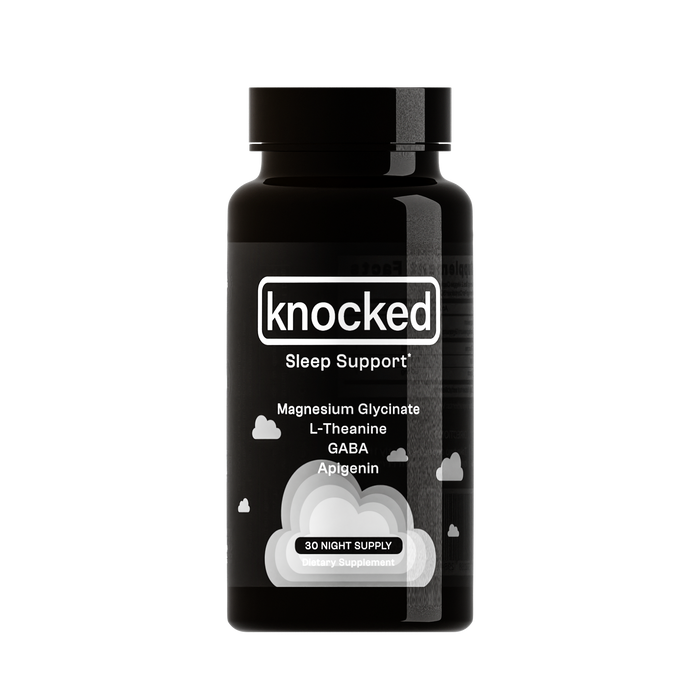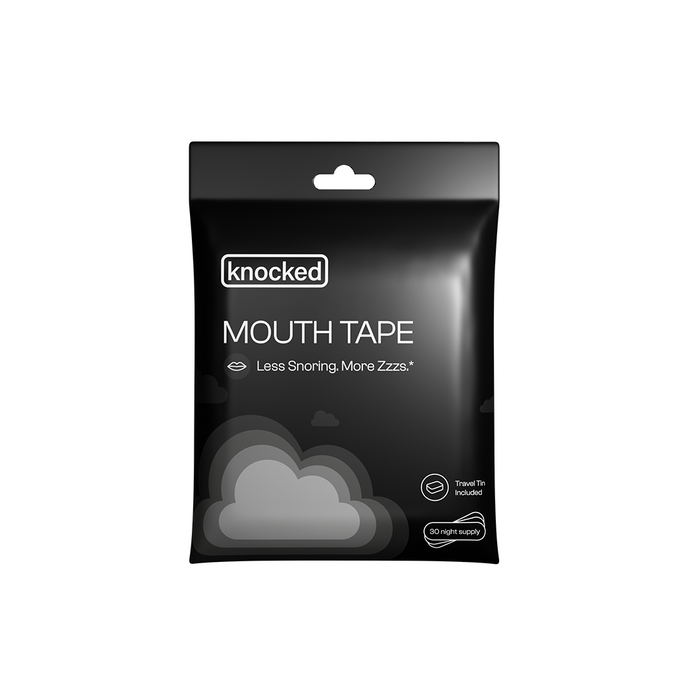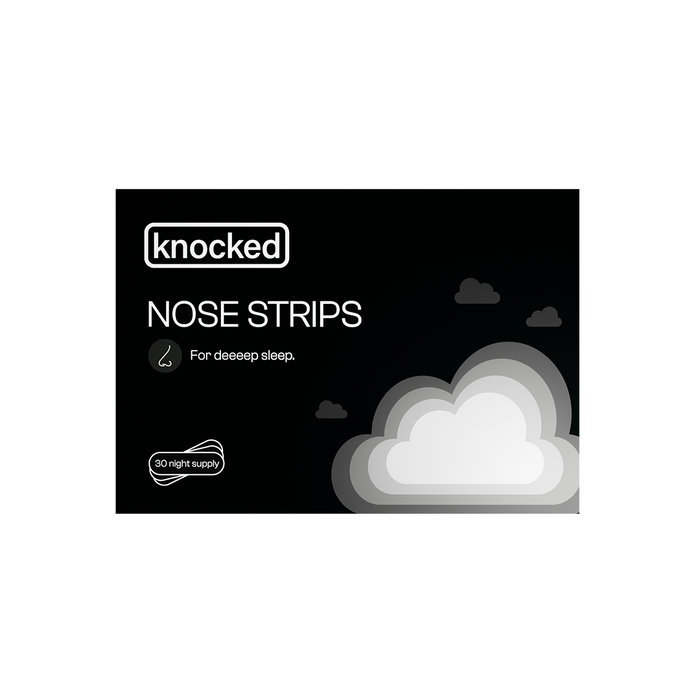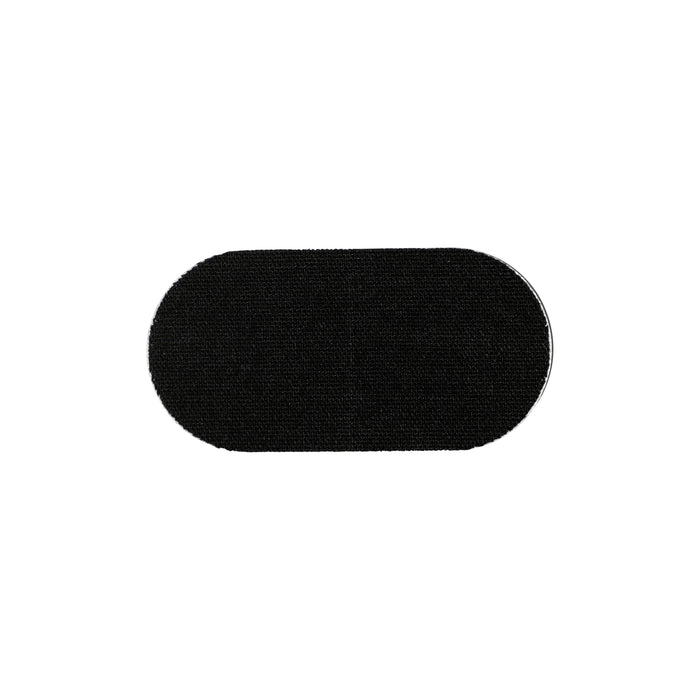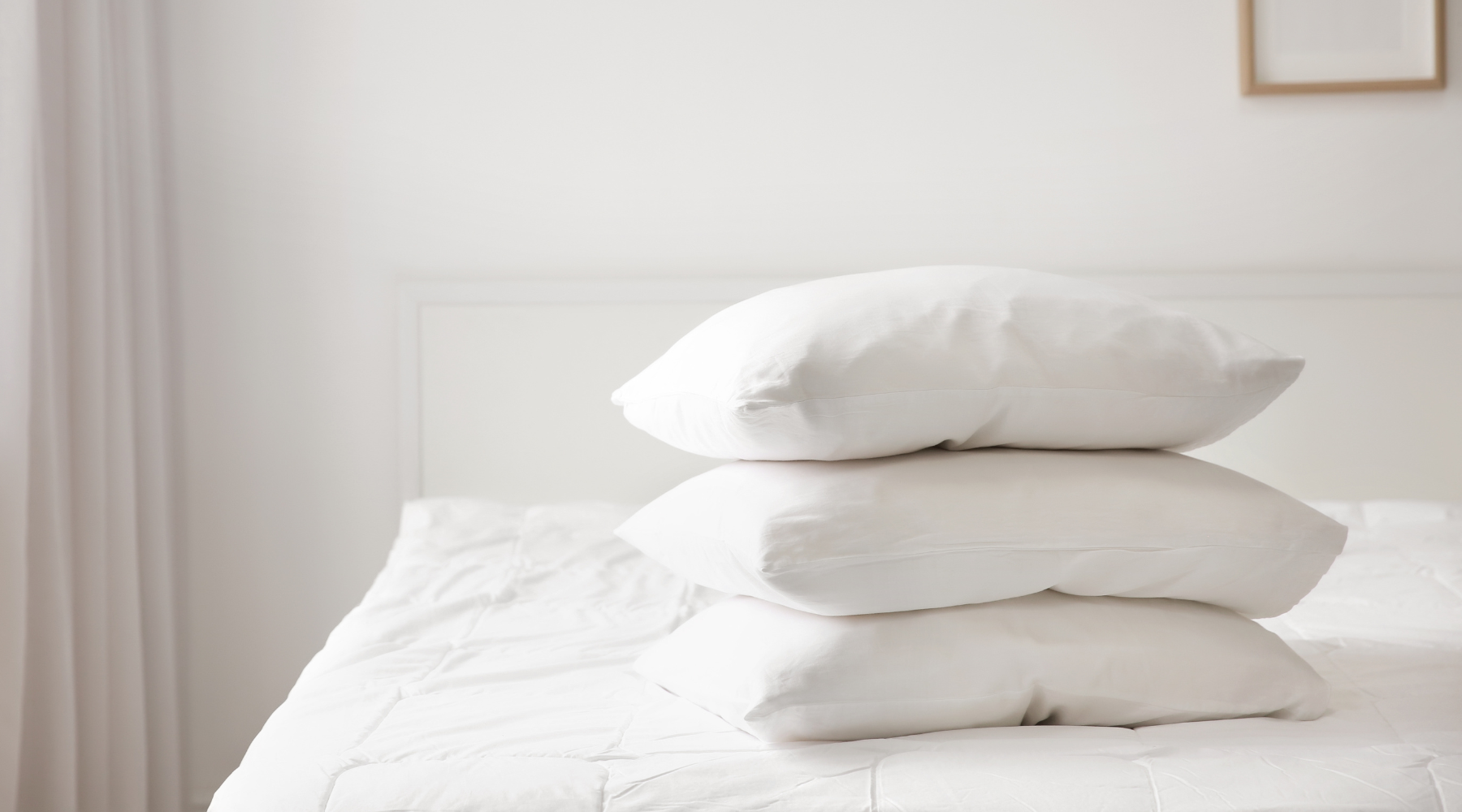

Choosing the Right Pillow for Better Sleep: Tips & Tools
If you're struggling to get a good night's sleep, it might be time to take a closer look at your pillow. The pillow you use can have a significant impact on your quality of sleep and overall health. In this guide, we'll explore the best pillow types for different sleep positions and provide tips on how to care for your pillow.
The Importance of Choosing the Right Pillow
Your pillow is an essential part of your sleep environment, and choosing the right one can make a big difference in how well you sleep. The right pillow can help keep your spine aligned, reduce neck pain, and prevent discomfort. On the other hand, the wrong pillow can cause aches and pains and leave you feeling tired and unrested.
Best Pillow Types Depending on Sleep Position
The best pillow for you depends on your sleep position. Here are some tips to help you choose the right pillow for your needs:
Side sleepers
If you're a side sleeper, you'll benefit from a thicker, firmer pillow that can support your neck and align your spine. A pillow made of memory foam, latex, or a down alternative can provide the necessary support for side sleepers.
Stomach sleepers
For stomach sleepers, a flatter pillow is best to keep the neck in a more neutral position and avoid strain. Opt for a pillow made of a down alternative or low-fill down pillow to keep your neck aligned with your spine.
Back sleepers
Back sleepers should choose a medium-firm pillow that can maintain the natural curve of the spine. A pillow made of memory foam or down alternative can provide the necessary support for back sleepers.
Why Materials Matter for Pillows
The materials used to make pillows can also impact your quality of sleep. Memory foam and latex pillows are popular choices because they can contour to your head and neck, providing customized support. Down and feather pillows are soft and comfortable but may not provide the necessary support for some sleep positions.
How to Care for Your Pillow
Caring for your pillow is essential to ensure it lasts as long as possible and remains hygienic. Here are some tips for maintaining your pillow:
Wash your pillow regularly
Washing your pillow every 6 months can help eliminate dust mites, bacteria, and other allergens. Be sure to check the care instructions for your pillow and follow the recommended cleaning method.
Fluff your pillow
Fluffing your pillow regularly can help maintain its shape and keep it from becoming flat or lumpy. Follow the manufacturer's instructions for fluffing your pillow.
Retire your pillow when necessary
If your pillow has lost its shape or has become lumpy, it's time to retire it and invest in a new one. A worn-out pillow can cause discomfort and prevent you from getting a good night's sleep.
Choosing the right pillow is essential for getting a good night's sleep. By selecting a pillow that matches your sleep position and provides the necessary support, you can reduce discomfort, prevent pain, and wake up feeling rested and refreshed. Remember to care for your pillow properly to extend its lifespan and ensure it remains hygienic. With these tips in mind, you can create an ideal sleep environment and enjoy better sleep.
Sources:
The Importance of Choosing the Right Pillow
Your pillow is an essential part of your sleep environment, and choosing the right one can make a big difference in how well you sleep. The right pillow can help keep your spine aligned, reduce neck pain, and prevent discomfort. On the other hand, the wrong pillow can cause aches and pains and leave you feeling tired and unrested.
Best Pillow Types Depending on Sleep Position
The best pillow for you depends on your sleep position. Here are some tips to help you choose the right pillow for your needs:
Side sleepers
If you're a side sleeper, you'll benefit from a thicker, firmer pillow that can support your neck and align your spine. A pillow made of memory foam, latex, or a down alternative can provide the necessary support for side sleepers.
Stomach sleepers
For stomach sleepers, a flatter pillow is best to keep the neck in a more neutral position and avoid strain. Opt for a pillow made of a down alternative or low-fill down pillow to keep your neck aligned with your spine.
Back sleepers
Back sleepers should choose a medium-firm pillow that can maintain the natural curve of the spine. A pillow made of memory foam or down alternative can provide the necessary support for back sleepers.
Why Materials Matter for Pillows
The materials used to make pillows can also impact your quality of sleep. Memory foam and latex pillows are popular choices because they can contour to your head and neck, providing customized support. Down and feather pillows are soft and comfortable but may not provide the necessary support for some sleep positions.
How to Care for Your Pillow
Caring for your pillow is essential to ensure it lasts as long as possible and remains hygienic. Here are some tips for maintaining your pillow:
Wash your pillow regularly
Washing your pillow every 6 months can help eliminate dust mites, bacteria, and other allergens. Be sure to check the care instructions for your pillow and follow the recommended cleaning method.
Fluff your pillow
Fluffing your pillow regularly can help maintain its shape and keep it from becoming flat or lumpy. Follow the manufacturer's instructions for fluffing your pillow.
Retire your pillow when necessary
If your pillow has lost its shape or has become lumpy, it's time to retire it and invest in a new one. A worn-out pillow can cause discomfort and prevent you from getting a good night's sleep.
Choosing the right pillow is essential for getting a good night's sleep. By selecting a pillow that matches your sleep position and provides the necessary support, you can reduce discomfort, prevent pain, and wake up feeling rested and refreshed. Remember to care for your pillow properly to extend its lifespan and ensure it remains hygienic. With these tips in mind, you can create an ideal sleep environment and enjoy better sleep.
Sources:
- https://www.jmptonline.org/article/S0161-4754(15)00079-2/fulltext
- https://pubmed.ncbi.nlm.nih.gov/15617680/
